A new mechanism to produce powerful biodegradable elastomers with a promising future in tissue regeneration.
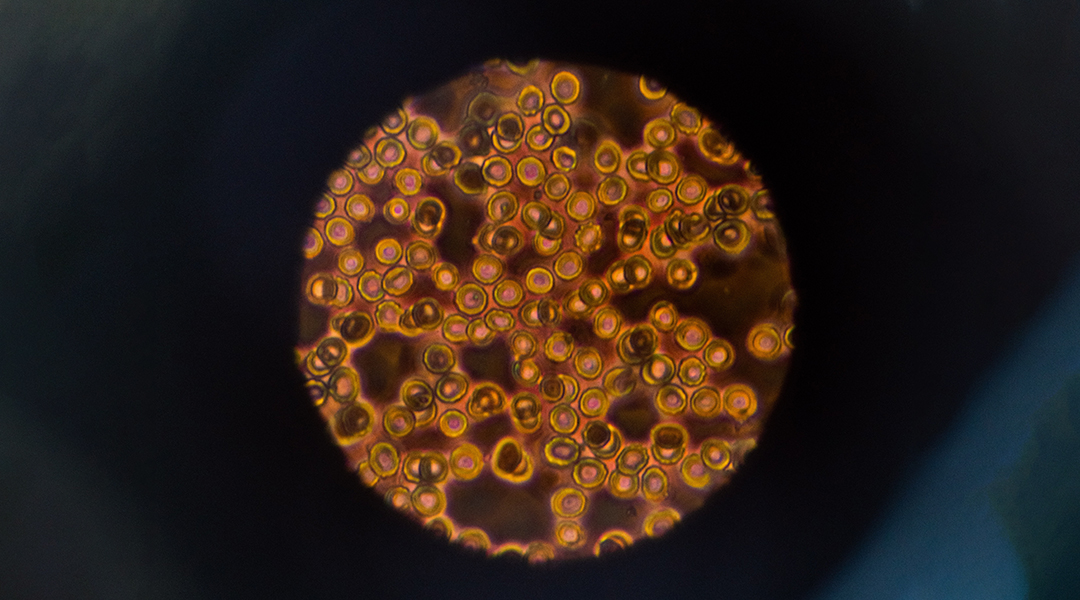

A new mechanism to produce powerful biodegradable elastomers with a promising future in tissue regeneration.

Before blood vessels reach implanted cells, they need a built-in oxygen source to keep them alive.
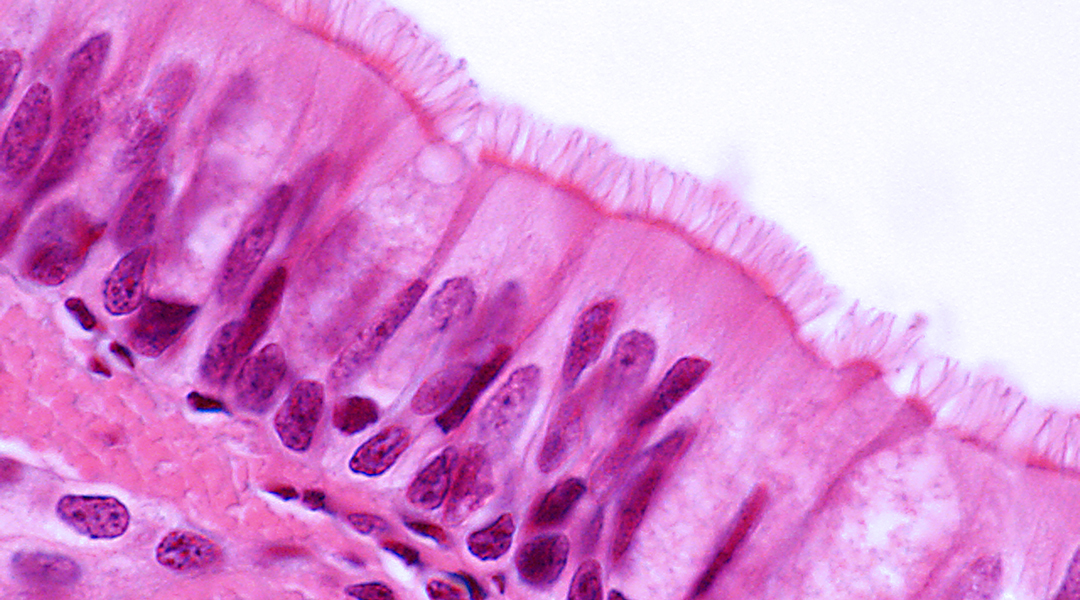
Damaged trachea can now be regenerated and customized with the help of engineered biomaterials, replacing the need for prosthesis.

Scientists have found a way to repair damaged peripheral nerves using engineered biomaterials that better support platelets.

A customizable scaffold helps repair bones and rebuild tissue using the patient’s own cells.
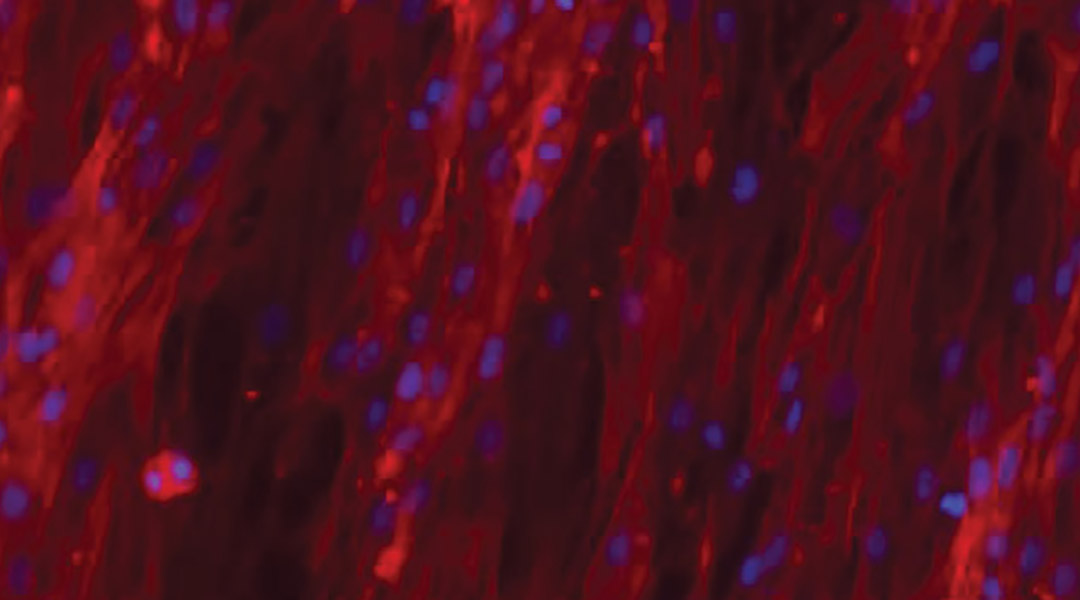
Scientists apply a versatile new strategy to develop solid−hydrogel hybrid materials to regrow tissue.
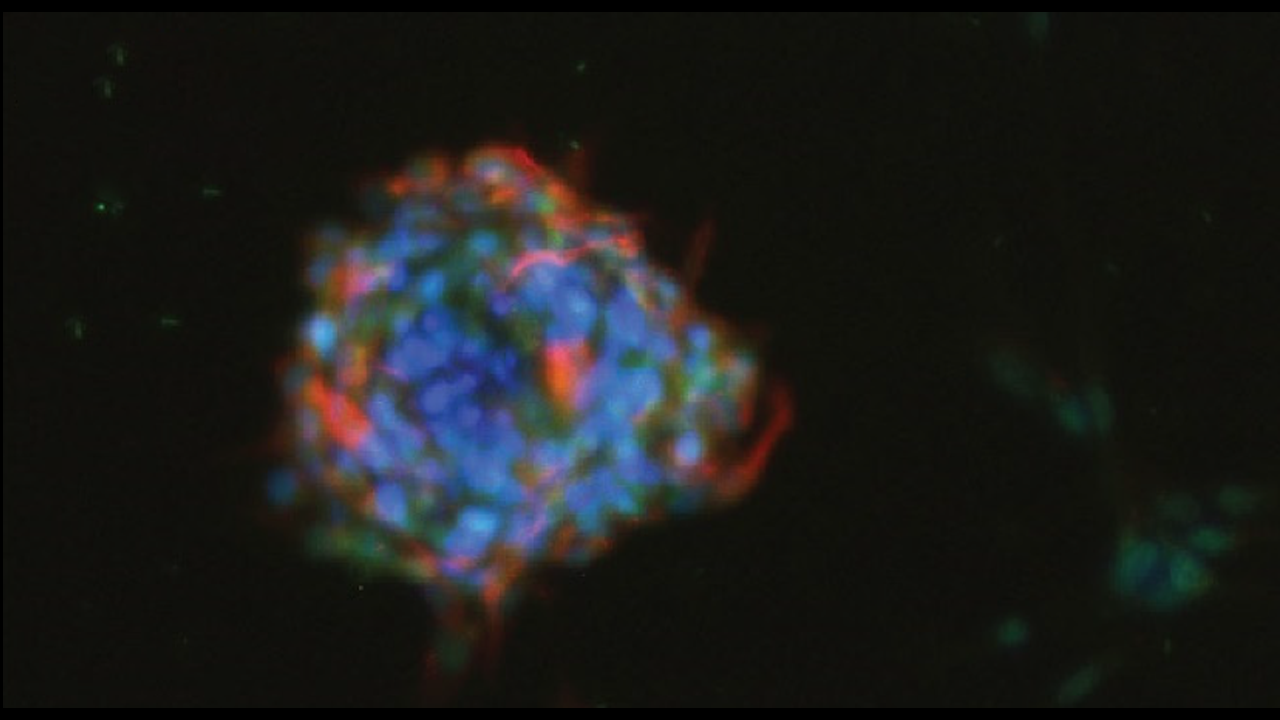
A platform with a unique hierarchical nanoridge-in-microridge structure supports the rapid growth of neural cells.
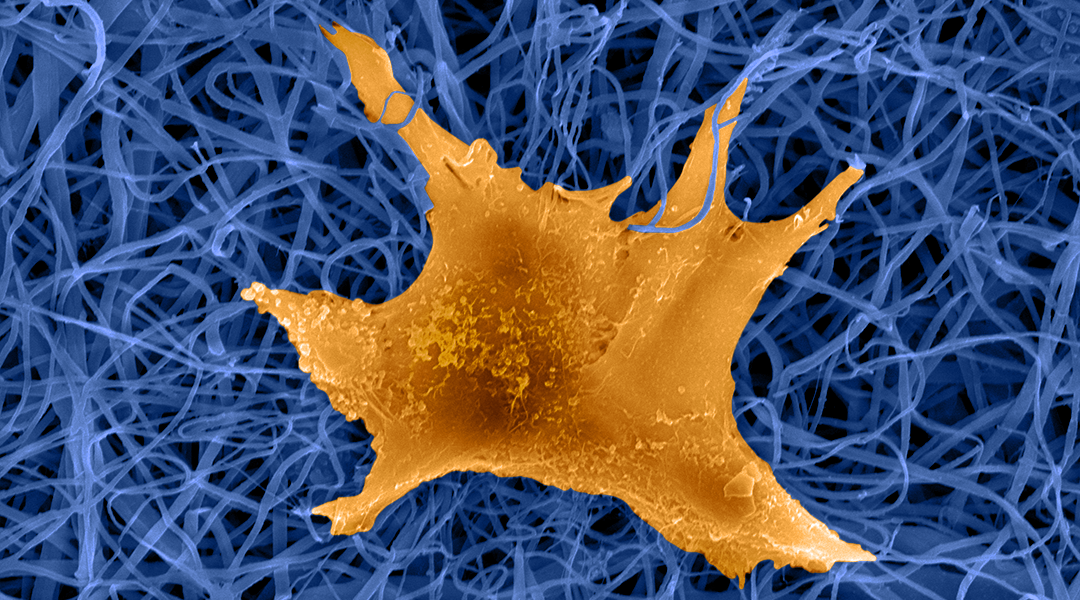
Electrospinning is an emerging fabrication technology that holds great promise in advancing skin tissue engineering and in developing an array of novel therapies.
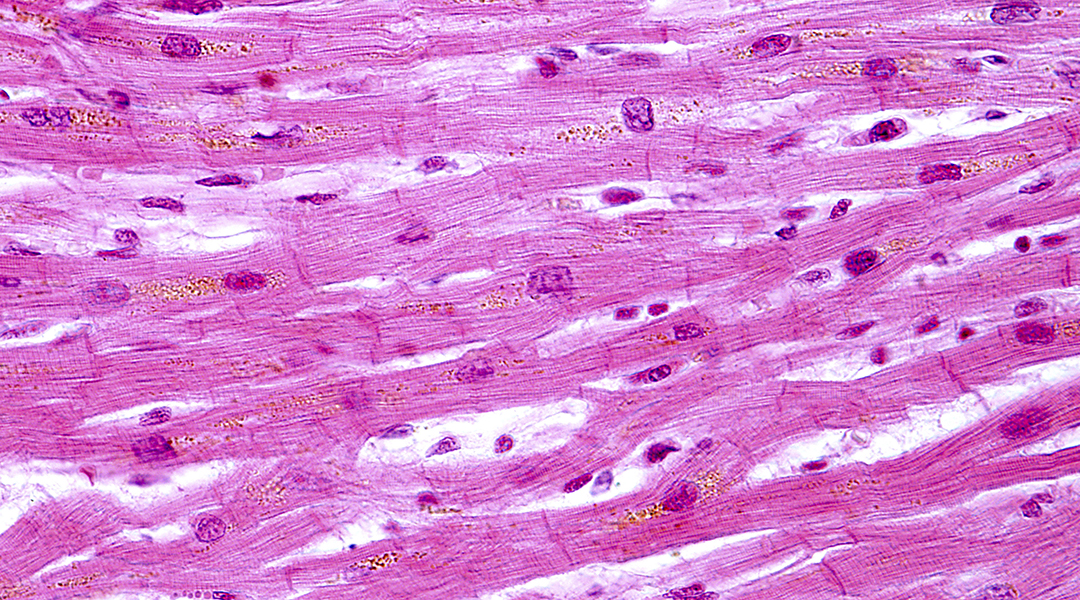
Researchers develop a cell-free cardiac patch to help heart tissue recover after a heart attack.

“This work opens new avenues for material scientists and biologists to mimic in the lab the structure of living tissues and to upscale the production of engineered constructs.” ~ Dr. Riccardo Levato and Prof. Chris Moser.